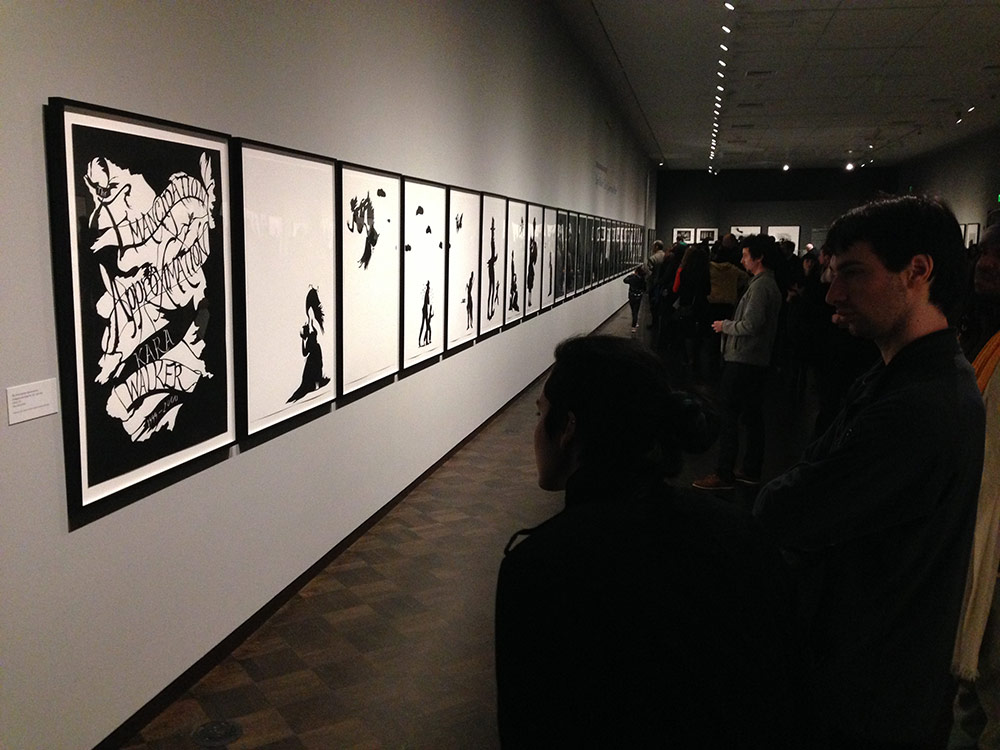
• The fate of Civic Stadium is in flux as we go to press this week, with some interesting new twists and turns. Among them, the City Council and 4J School Board got a letter Monday from Harvey Smith, president of the National New Deal Preservation Association, calling for the preservation of Civic Stadium. Smith is also advisor to the Living New Deal, an organization that catalogs New Deal structures throughout the county. He writes, “I urge you to preserve your Works Progress Administration (WPA) Civic Stadium. Built in 1938, it is one of the few remaining wooden WPA ballparks. I know that other communities throughout the U.S. treasure their legacies of WPA structures. They add beauty and utility and certainly can be used to promote the historic, cultural and architectural heritage of the community.”
Smith, writing from his office in Berkeley, goes on to say that “Back in the 1930s and early 1940s, New Deal officials and local communities saw the need for recreation infrastructure. That need is certainly still present. Please be smart now and preserve Civic Stadium.” The letter reminds us that Civic Stadium could qualify for national historic restoration grants.
• Also in flux with the Eugene City Council as we go to press is what will happen to the 40 unhoused campers of Whoville. The Whovillians and their advocates have high hopes the council will let 15 of them move to a site at 8th and Mill after a vote on Jan. 29. Homeless advocate Alley Valkyrie says that means there would be 10 campers with disabilities and five Whoville site managers who act as their caretakers at that site; other campers would go to the new rest stop at Chambers Street and Northwest Expressway. This still leaves 10 campers with nowhere to be, but Valkyrie says it’s easier to find housing for 10 people than 40. More tellingly, Valkyrie says when the City Council is making decisions about Whoville, it “treats it like a bureaucratic decision like Civic Stadium, but these are people, people who might die.” And the city itself is still not doing enough for those in need, she says, relying on others to do the work. “All you’ve done is give people permission to do what you aren’t willing to do.”

• The Jordan Schnitzer Museum of Art’s latest exhibit, Emancipating the Past: Kara Walker’s Tales of Slavery and Power (cover story Jan. 16), had a smash opening reception Friday, Jan. 24. The Barker Gallery, where Kara Walker’s work is on display until April 6, was shoulder to shoulder with students, community members and Jordan Schnitzer himself. UO students tweeted about it all night long at #J205 and #karawalker. Some tweet excerpts: “Definitely worth attending the #karawalker exhibit. Get ready to be moved & have your blinders taken off” and “Interesting audience at the #karawalker exhibit. Hopefully the art will spark deep uncomfortable convo in this comfortable setting.”
• Eugene is not the only town fighting over a cherished but “surplus” school district property in a sensitive location. The historic Maryland School in Clayton, Mo., is now on the commercial real estate market and locals are in an uproar. Renovating the classic brick schoolhouse would cost millions, the school district needs the money and the city wants the property on the tax rolls. Sound familiar? “Community members in the surrounding neighborhoods worry that new development on the site may change the dynamic of the area and eliminate valuable green space and historic value,” reads a story at chsglobe.com. The Maryland School grounds is also an open park and community garden.
• A home remedy for surviving nuclear fallout? We got a flyer by snail mail this week suggesting a daily dose of olive oil, wheat germ and 100-proof rye whiskey. We might skip the first two ingredients.